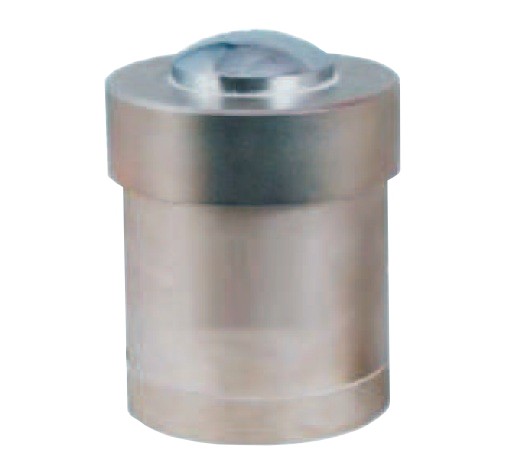- April 27, 2019
Choosing The Right Load Cell
Load cells are offered in a variety of sizes and shapes to meet different requirements. A load cell is essentially a sensor that creates a signal output when a load is applied to it in compression or tension. A strain gauge load cell is the most commonly used load cell, and it changes the voltage output depending on the force being applied. Let’s take a look at the different kinds of load cells, so you can make an informed decision.
S-Beam Load Cell
These load cells are highly versatile. They measure compression as well as tension and are available in a wide variety of capacities. You can use an S-beam load cell with a wide range of hardware.
Z-Beam Load Cell
These are the toughest load cells out there. Made from top-grade materials, it generally comes with all the necessary hardware. Z-beam load cells are perfect for overhead suspended measurements.
SGM Load Cell
These load cells are made with overhead suspension measurement in mind, and can comfortably cope with even extreme applications. That’s not a surprise given that its body is made of high-grade stainless steel. Moreover, the SGMT/SGMC load cell boasts 500% minimum overload safety and full-rated capacities.
Choosing the Right Load Cell
Understand the Application – The first step is to understand the application you are using the load cell for. You will need the load cell measurement to identify the weight of tanks as well as the performance of break-point and durability tests.
Capacity – You must know the minimum and maximum capacity required for your applications. To make sure you have the load cell with optimal capacity, pick one exceeding the highest operating load.
Identify Your Load Cell Requirements – It’s not enough to understand your application. To be able to choose the appropriate load cell, you must know what your application needs. Is the application’s load static or dynamic? Do you want the load cell for in-line usage? Do you want the load cell for side-mounted usage? You will also need to consider the design of the device.
Identify the Specification and Size Requirements – This is another essential consideration when choosing a load cell. Identify the requirements of your application in terms of the weight, length, height and width measurements. You must also identify the possible variance that would crop up owing to nonlinearity, hysteresis and bridge resistance.
In Conclusion
Irrespective of the kind of load cell you choose, ensure that they have some essential features such as eye nuts, lifting eyes, compression bases, threaded studs and load buttons. The load cell you choose must be compatible with varying weight ranges from 30 pounds to 100,000 pounds.
Measurex load cells are created with durability and toughness in mind and have been successfully tested in a wide variety of applications. Contact us today for more information or for a quote.





